Mag-aligner fishing – The modern approach to river fishing
Barbel and chub are two of my favourite river species and throughout the summer they can be extremely obliging. However, when conditions change for the worse and the temperatures begin to drop big fish can often be difficult to tempt. This can be a time when a ‘thinking angler’ trying something a little bit different will often succeed.

This tactic unsurprisingly filtered its way into specimen fish circles and has become devastating for those in the know. Not only a stillwater tactic, the rig has its place in river fishing too and is the ideal rig to present small baits, ideally maggots when fishing for species such as chub and barbel.
As the rig was invented to catch wary carp, the first thing that crossed my mind when hearing about its success was that it would be complicated to tie, consisting of all manner of rings, rig components and an instructional manual would be needed on how to construct it. Nothing could be further from the truth! It’s a very simple rig incorporating an Enterprise Tackle Mag-aligner Grub, slid over the eye of the hook, which creates a line aligner effect, enabling the hook to flip or turn in the fish’s mouth, creating the ultimate hooking mechanism. I favour a size 12 Mugga hook when using this tactic as, due to their shape, they help create a very efficient hooking mechanism. Just try a palm test and you will soon know what I mean!

There is no need to cram the hook with maggots as this will have a detrimental effect on the way the rig works. Just two real maggots are nicked onto the hook and before casting I fill a Micromesh PVA tube with maggots, compressing the bait with a plunger to ensure the bag is packed tightly. This has the bonus of creating a tight pile of maggots and often a condensed bag will explode once it hits the bottom covering the end tackle. I also snip off the top of the PVA leaving two to three inches spare, which allows enough room to place the lead in the top of the bag and tie it off neatly with some PVA string.
With conventional rigs, the hook length would be placed inside the bag. However, with this rig the hook is left outside, and nicked through the side of the PVA near the bottom of the bag. Take care not to burst any maggots with the hook point as these will melt the PVA. This not only ensure a tangle-free presentation every time but also means that your hook bait and end tackle will be covered with maggots once the bag has melted, disguising it from wary fish and offering the ultimate presentation. I always use a standard running lead when using this tactic and favour a flat pear lead between 2oz to 3oz. I favour a large lead as once the bag has hit the bottom I want the trap to be pinned to the riverbed and stay in position until I either decide to recast or the fish comes across the bait.
The size of the PVA bag I use will depend of three factors: weather conditions, number of fish and the size of fish I am likely to encounter. As a general rule use a 6-inch bag of maggots. However, on a cold day a bag half this size is often enough to get a bite. A big bag of maggots plus a lead can weigh quite a lot and I find a rod of 1 3/4lb test curve and a mainline of 10-12lb essential. When using this tactic I often cover the maggots with a generous helping of Sonubaits Supercrush Green groundbait that is made from crushed koi pellets. This has two advantages in that it helps dust the maggots with flavour and also soaks up any juice from the maggots that may pop when tying a tight bag. I always prefer white maggots when using the Mag-aligner, I think they help create a very visual patch of bait for the fish to home in on.
I like to introduce other small feed items such as hemp, 4mm Elliptical pellets and a couple of handfuls of maggots via a large homemade bait dropper to kick start the swim. When introducing hemp and pellet as a mix I always introduce it warm to the river and carry a small stove and saucepan especially for this. Once you have used warm feed there is no going back and the flavour leak off is incredible. This is a little trick that I have been playing around with for several years now and believe me it certainly makes a difference. You do not need to introduce it piping hot, lukewarm is fine. Once the hemp has reached boiling point I turn the stove off and add a couple of handfuls of 4mm elliptical pellets and stir them in with the hemp. Place the lid on top and wait for 4-5 minutes until the pellets are partially scalded and it’s ready to introduce. If fish are in the area they will soon be attracted by the flavour leak off.

In low water conditions where small fish are not in abundance the Mag-aligner is usually my first port of call when searching out big fish from rivers. Maggots are a fabulous bait and when fed correctly fish can often become easily preoccupied. I certainly do not believe the story that maggots often crawl away and burrow in the silt and gravel on the riverbed. Drop a bag of maggots into the margins on your local river and see what happens. They drown very quickly and I have landed some big fish when bags of maggots have been left for six hours or more on my local River Loddon. Often these big fish are pressured and will inspect a rig and hook bait many times before they hopefully make a mistake. Regular casting only puts the fish on edge, especially when casting heavy bags into the river.
As with any rig the Mag-aligner does have its downsides. Obviously it is not suited to venues with an abundance of small fish which will quickly strip maggots soon after casting. The second is the expense, maggots are not cheap especially when buying them in quantity however, you don’t need to feed them in large quantities and they can always be mixed with dead’s from the last session to bulk the feed out and keep the cost to a minimum.

How to tie a mag-aligner rig:
Tackle components
Step 1 – Tie a size 12 Mugga on with a knotless knot and ‘blob’ the tag
Step 2 – Using a sewing needle pierce the Enterprise grub as shown
Step 3 -carefully thread the grub onto the hook link and push the grub over the hook eye
Step 4 – make sure the hook link exits in line with the hook point
Step 5 – Test it’s lined correctly by gently drawing the hook link over your finger. The hook should flip over like this every time when it’s right
Step 6 – Hook the point into the PVA bag being careful not to burst any maggots
Step 7 – Ready to cast











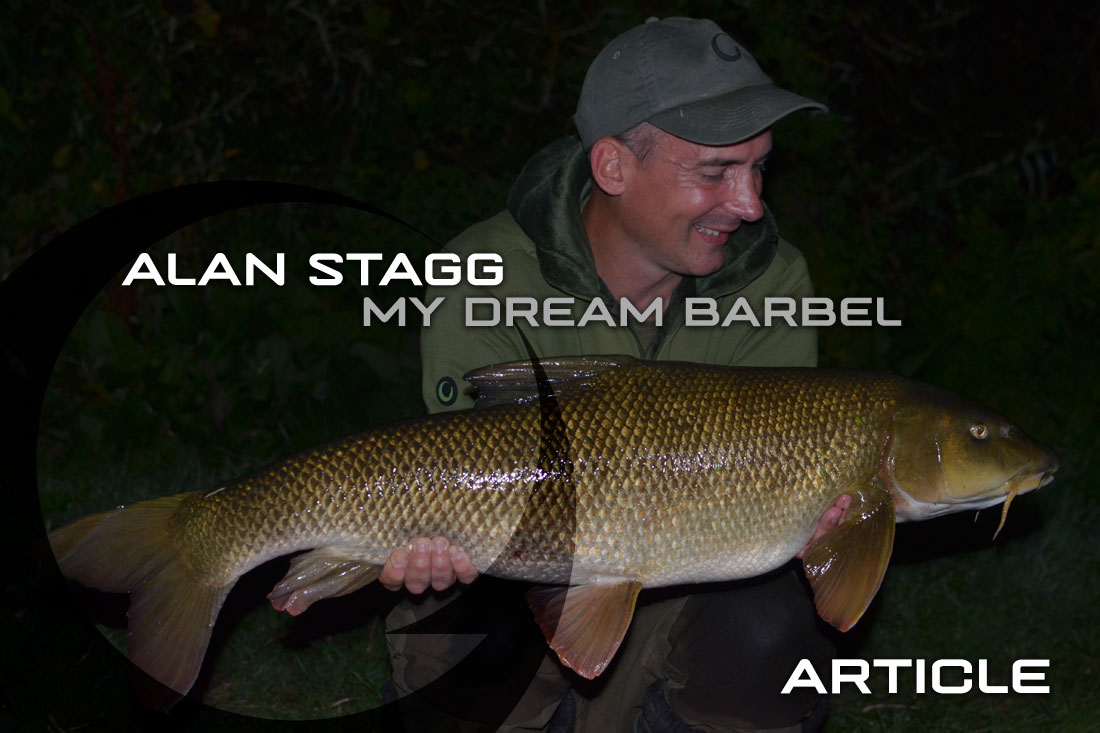
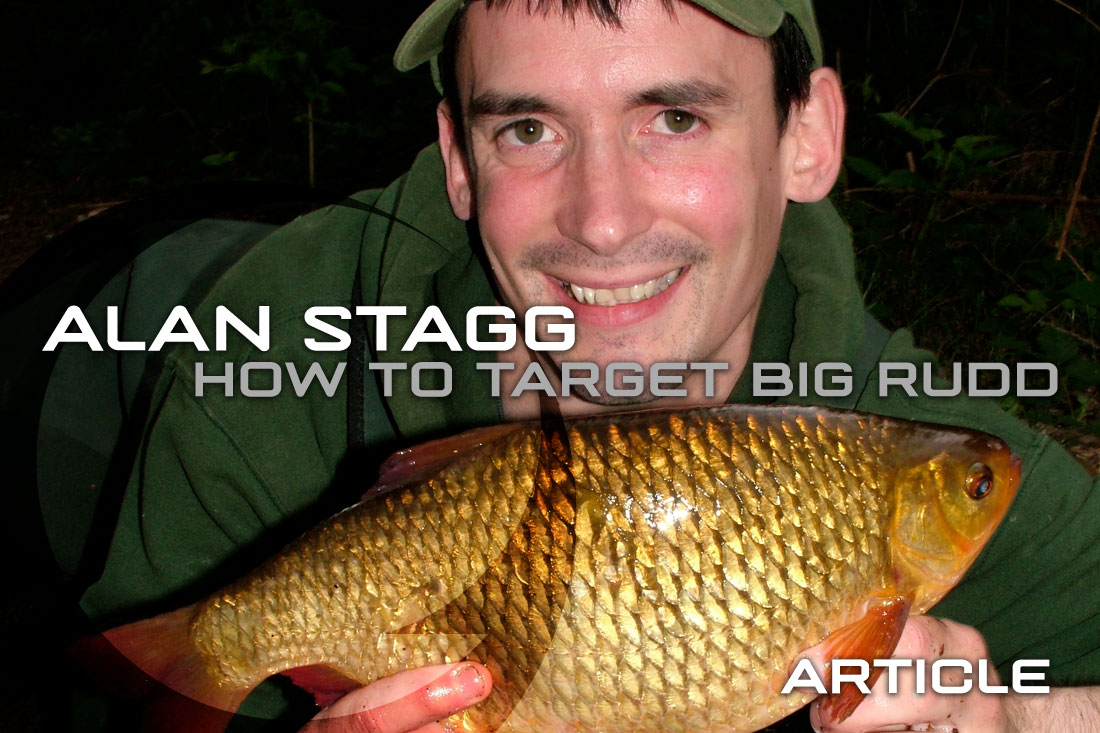
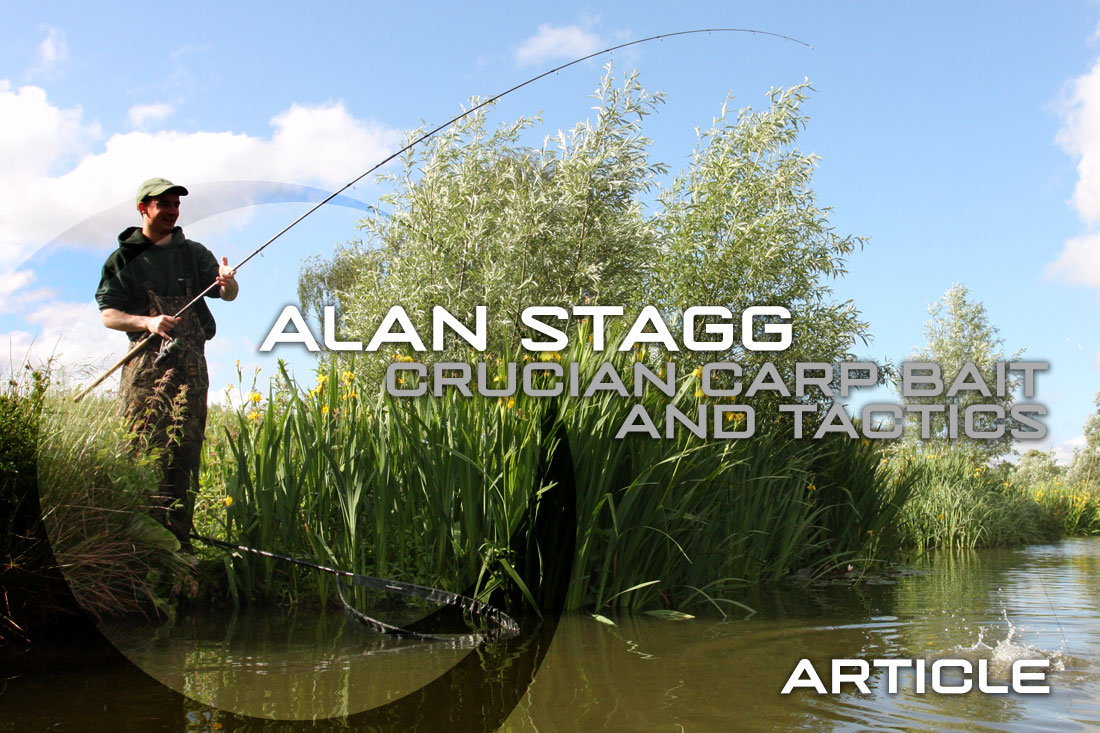
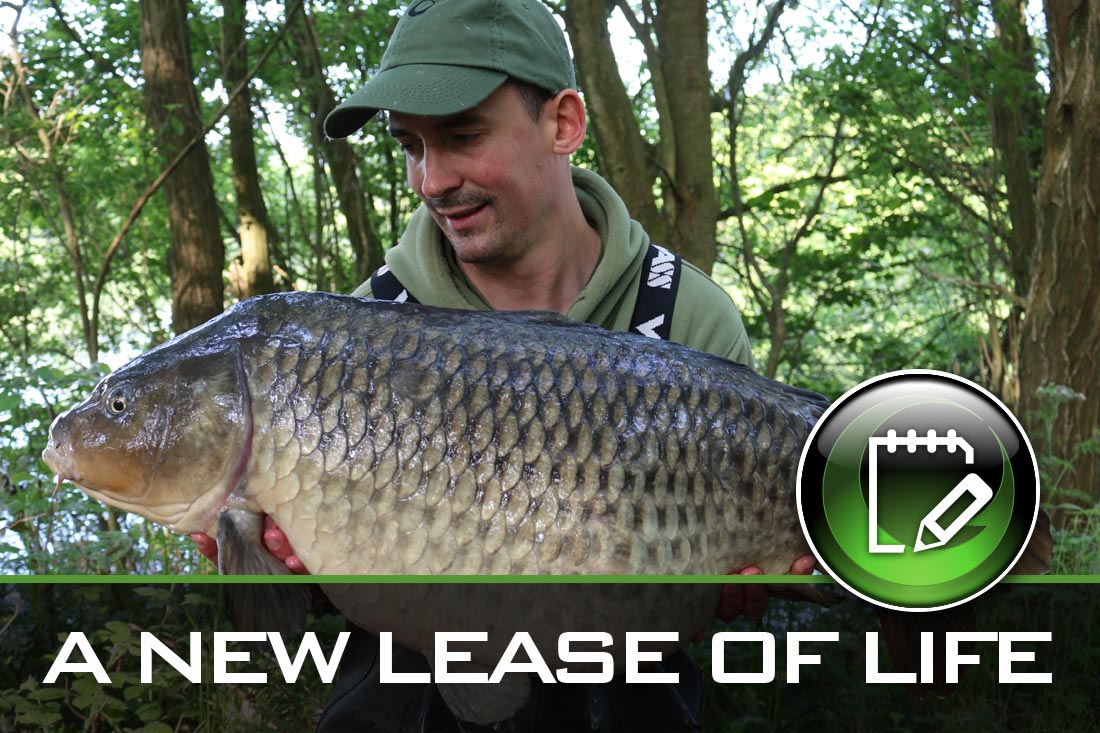
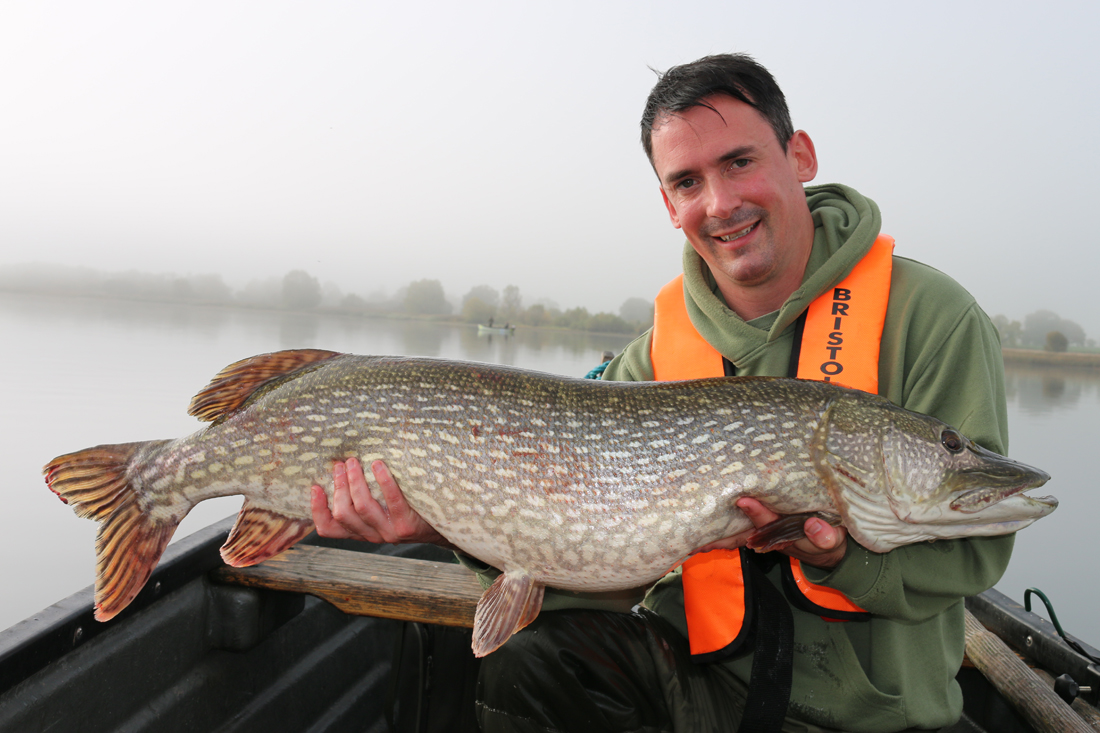
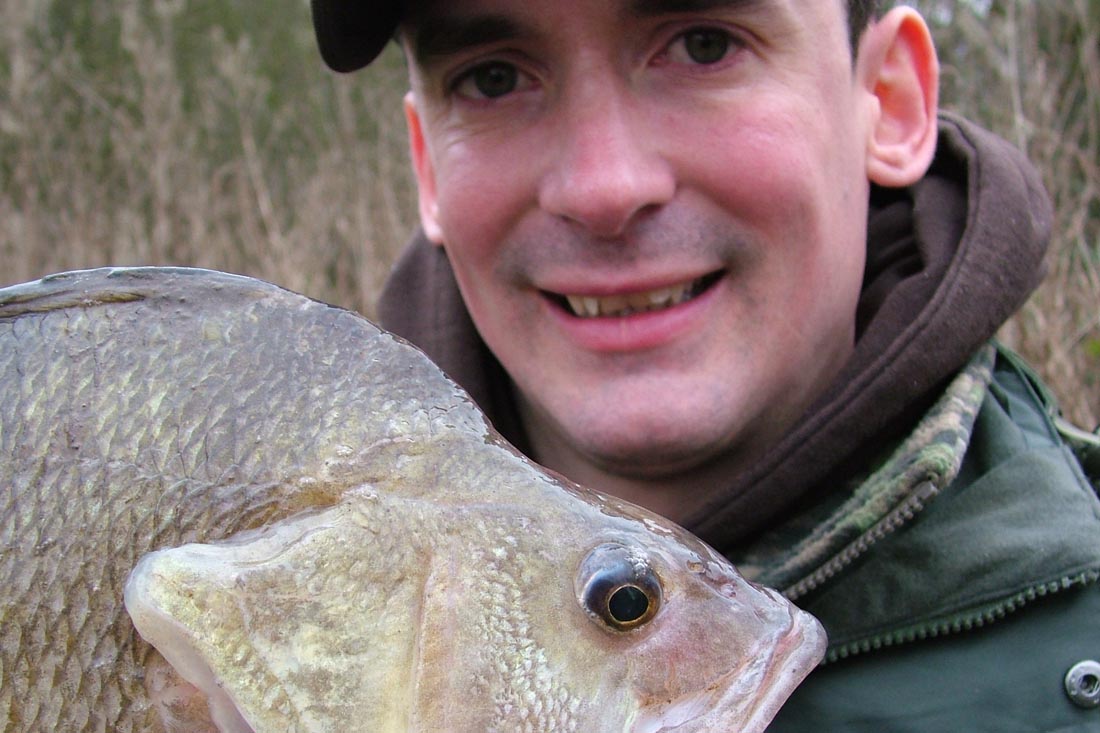
Leave A Comment
You must be logged in to post a comment.